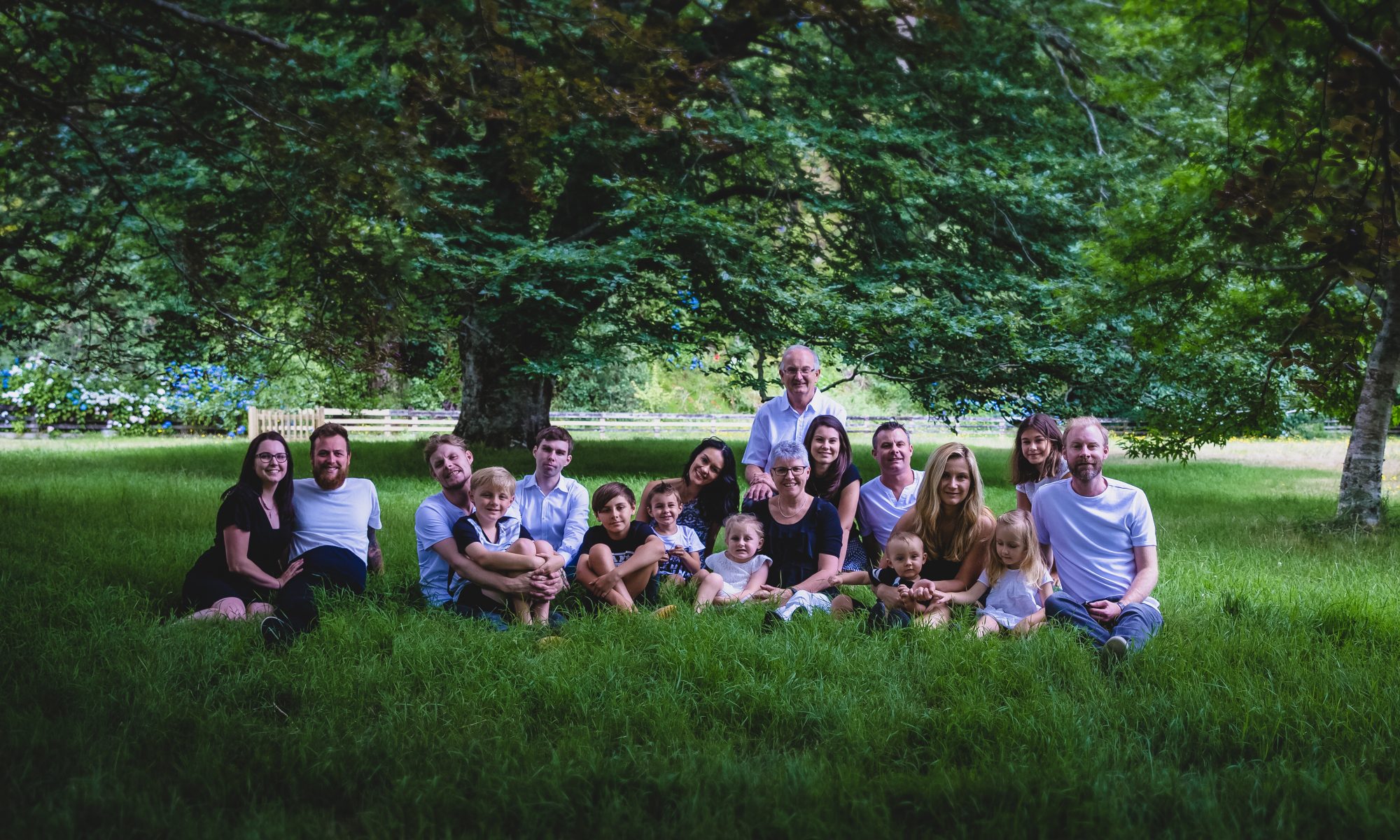Leaving Munich we travelled firstly to Dachau. Another visit to a concentration camp!
Opened in 1933 by Heinrich Himmler, its purpose was enlarged to include forced labour, and eventually, the imprisonment of Jews, ordinary German and Austrian criminals, and eventually foreign nationals from countries which Germany occupied or invaded. It was finally liberated in 1945.
Dachau was the first of the Nazi concentration camps opened in Germany, intended to hold political prisoners. It is located on the grounds of an abandoned munitions factory near the medieval town of Dachau, about 16 km (9.9 mi) northwest of Munich in the state of Bavaria, in southern Germany. The Concentration Camp at Dachau was opened 22 March 1933, with the arrival of about 200 prisoners. The camp could hold up to 5,000 people, and described it as “the first concentration camp for political prisoners”
The prisoners of Dachau concentration camp originally were to serve as forced labor for a munition factory, and to expand the camp. It was used as a training center for SS guards and was a model for other concentration camps. The camp was about 990 feet wide and 1,980 feet long (300 × 600 m) in rectangular shape. The camp entrance was secured by a large iron gate that had the inscription: “Arbeit macht frei” (“Work makes you free”). As of 1938, the procedure for new arrivals occurred at the Schubraum, where prisoners were to hand over their clothing and possessions.
After 1942, the number of prisoners regularly held at the camp continued to exceed 12,000.
The Dachau Concentration camp was heavily defended and secured to ensure that no prisoners escaped. A ten-foot-wide (3 m) area of ground called “the neutral zone” was around each camp building. This was to mark where prisoners were not to trespass. A four-foot-deep and eight-foot-broad (1.2 × 2.4 m) ditch lay behind the “neutral-zone.” The whole camp was surrounded by electrically charged barbed wire and a wall. On the west side of the wire was a deep canal filled with water, which was connected with the river Amper.
In the post-war years it served to hold SS soldiers awaiting trial, after 1948, it held ethnic Germans who had been expelled from Eastern Europe and were awaiting resettlement, and also was used for a time as a United States military base during the occupation. It was finally closed for use in 1960. Several memorials have been installed there, and the site is open for visitors.
Visiting the camp brings to reality the attrocities that were performed against the jewish people during the time they were imprisioned there…and at many other camps as well…like Auswich, where we visited last year in Krakow, Poland. It is a sad reminder of just how cruel human beings can be. My heart grieves for all those lives lost completely unnecessarily. And at the way they died. So very sad!






